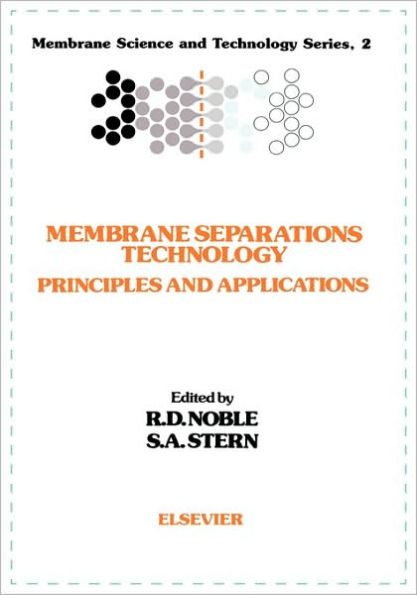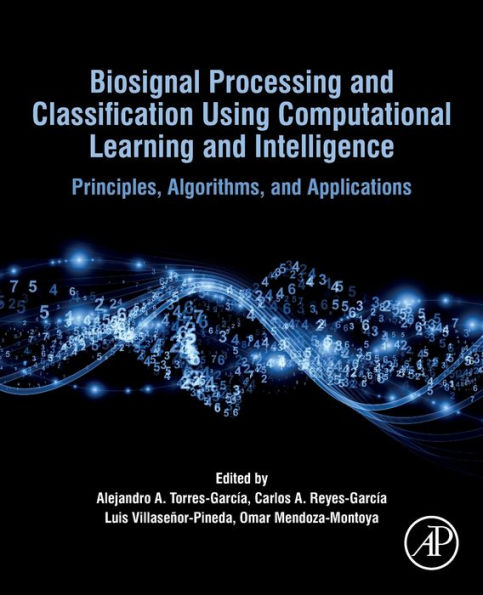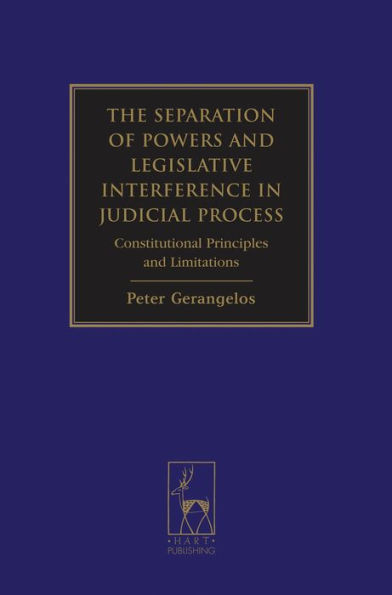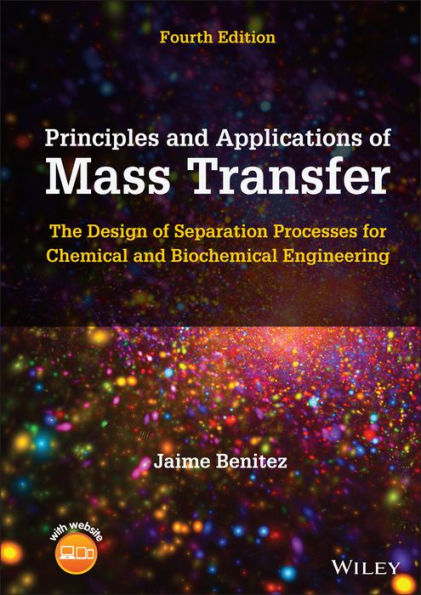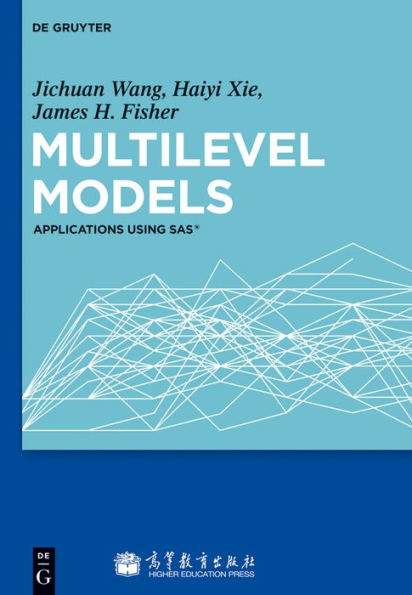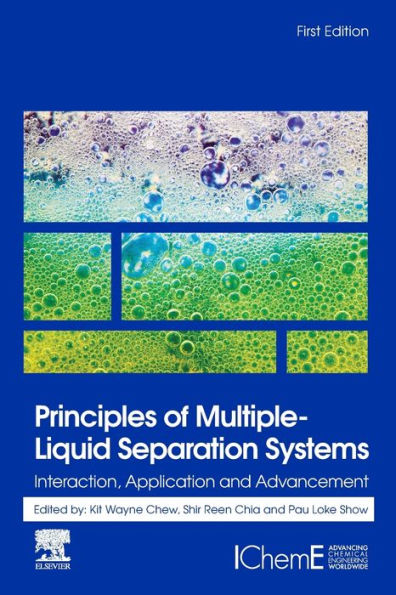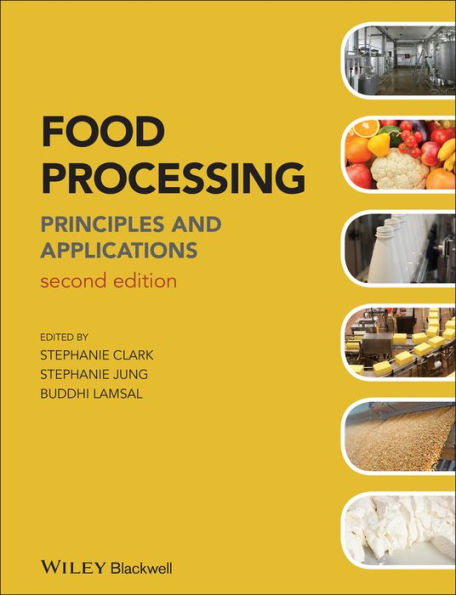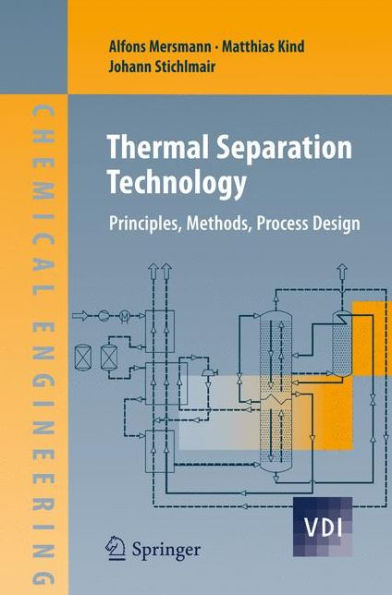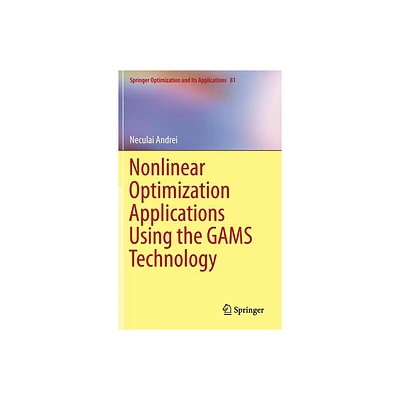Home
Separation Process Principles: With Applications Using Process Simulators
Loading Inventory...
Barnes and Noble
Separation Process Principles: With Applications Using Process Simulators
Current price: $146.75
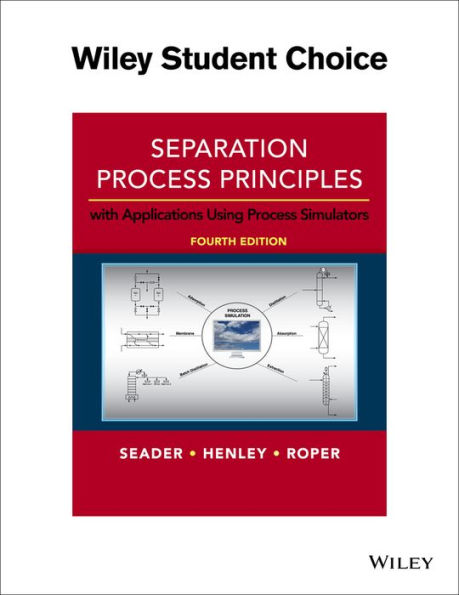

Barnes and Noble
Separation Process Principles: With Applications Using Process Simulators
Current price: $146.75
Loading Inventory...
Size: OS
*Product Information may vary - to confirm product availability, pricing, and additional information please contact Barnes and Noble
Separation Process Principles with Applications Using Process Simulator, 4th Edition
is the most comprehensive and up-to-date treatment of the major separation operations in the chemical industry. The 4th edition focuses on using process simulators to design separation processes and prepares readers for professional practice. Completely rewritten to enhance clarity, this fourth edition provides engineers with a strong understanding of the field. With the help of an additional co-author, the text presents new information on bioseparations throughout the chapters. A new chapter on mechanical separations covers settling, filtration and centrifugation including mechanical separations in biotechnology and cell lysis. Boxes help highlight fundamental equations. Numerous new examples and exercises are integrated throughout as well.
is the most comprehensive and up-to-date treatment of the major separation operations in the chemical industry. The 4th edition focuses on using process simulators to design separation processes and prepares readers for professional practice. Completely rewritten to enhance clarity, this fourth edition provides engineers with a strong understanding of the field. With the help of an additional co-author, the text presents new information on bioseparations throughout the chapters. A new chapter on mechanical separations covers settling, filtration and centrifugation including mechanical separations in biotechnology and cell lysis. Boxes help highlight fundamental equations. Numerous new examples and exercises are integrated throughout as well.
